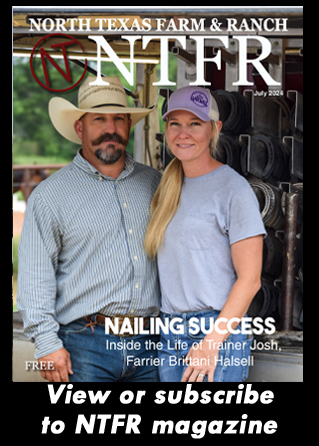Outdoor
Understanding Section 1031 Exchanges

By Dal Houston
Farmers, ranchers, and cattlemen in larger numbers are taking advantage of like-kind, or Section 1031 Exchanges. Section 1031 of the Internal Revenue Code allows property owners to defer capital gains on the sale of property when the sales proceeds are properly reinvested in like-kind property.
Although Section 1031 has been around since the 1920s, amendments in the 1980s, and regulations promulgated by the I.R.S. have led to a dramatic increase in their usage. It is important to understand that these transactions are not loopholes but are specifically provided in the statutes and regulations. While many landowners are taking advantage of Section 1031, there are still many misunderstandings and much confusion regarding their use.
Basic Example of Taxable Gain
When appreciated property is sold, the difference between the property’s purchase price and sales price is a capital gain, and therefore subject to capital gain taxes. For example, if a landowner purchased property in 1970 for $100,000, that now has a value of $1,000,000.
The difference of $900,000 is a capital gain and thus subject to capital gain taxes. Please note this does not take into account any deprecation or improvements to the property.
To read more, pick up a copy of the October issue of NTFR magazine. To subscribe by mail, call 940-872-5922.
Outdoor
Grazing North Texas

By Tony Dean, [email protected]
We all take the sun for granted. If we’re building fence on a hot July day, we try to hide from it. If we are pulling a calf on a cold January morning, we welcome a few rays coming our way. Either way, it’s always there. We can’t live without the sun. We depend on it not only for our lives, but also for our livelihood as ranchers. As part of his gift to us, God gave the process of photosynthesis. This is how grasses grow.
Photosynthesis is the process plants use to sustain themselves. Plants gather water and nutrients from the soil and carbon dioxide from the atmosphere. Using the sun’s energy, the plant produces oxygen along with energy for growth in the form of sugar.
In managing cattle, the more we understand about the mothering instinct, and the herding instinct, the better job we do in livestock management. A big part of managing our grazing lands is understanding how plants respond to sunlight. Some plants want to maximize their exposure to it, and some prefer a more limited amount. Texas bluegrass has a wide range of sunlight adaptation. Texas bluegrass is a highly palatable native cool season perennial that can grow in open pasture or in shaded areas. When subjected to years of heavy grazing pressure, it decreases in open areas but can maintain a presence in shaded brushy areas not subject to heavy grazing. When we can incorporate well-planned rotation grazing into our management, Texas bluegrass can reappear in open pasture.
To read more, pick up a copy of the July issue of NTFR magazine. To subscribe by mail, call 940-872-5922.
Outdoor
The Garden Guy
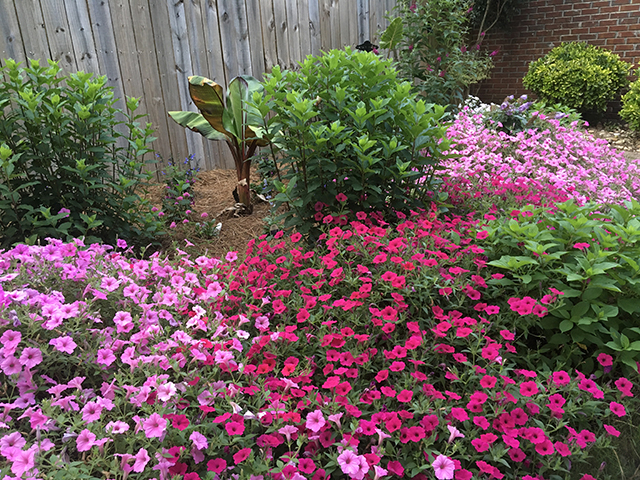
By Norman Winter | Horticulturist, Author, Speaker
As a national garden writer, I can tell the trumpet call has gone out for the long summer ahead. This is a call for petunias, summer’s favorite flowers, and they are trumpet shaped, of course. This call is also one of panic as I hear it in the voices of gardeners saying, “I can’t find my bubblegums.”
This means they can’t find their Supertunia Vista Bubblegum petunias. There is little doubt this is the most awarded petunia of all time. You can count them, 296 awards filling 10 pages. Bubblegums and all of the Supertunias, are among the most awarded flowers available to gardeners. By awards I’m referring to rigorous university trials in both the United States and Canada.
You want to get them planted now while the temperatures are mild over much of the country and acclimation is nice and easy. Even in the south it is a great time to plant before triple digit heat indexes are the norm. Planting now will give you the longest time to enjoy a Supertunia Summer Celebration. You want to plant now because everyone is ready for season color and shopping at the local garden center is among the stiffest competition. Hence the panic over Bubblegums.
To read more, pick up a copy of the July issue of NTFR magazine. To subscribe by mail, call 940-872-5922.
Outdoor
Parting Shot: Big Shoes to Fill

By Jelly Cocanougher
It starts with absorbing how to drive on old ranch roads. The beat-up pickup that has run a million miles and is somehow still hanging on – almost always with some quirks to it. I remember holding a passenger truck door closed with a rope, checking on pastures. I remember being at a farm auction baffling a half a dozen men starting a raggedy old feed truck with a scrawny wire you had to jiggle. Feet dangling trying to reach the pedals of a sketchy old truck, navigating the dirt roads with a cold Dr. Pepper and chocolate bar.
You inherit your grand daddy’s oversized gloves that are way too big to avoid pinching your fingers. From observing and acquiring the wisdom from delivering babies, mending fences, checking out water gaps, to doctoring and holding the iron that holds your generational brand. Raising the next generation right – in the dirt and absorbing how the world works.
-

 Country Lifestyles1 year ago
Country Lifestyles1 year agoScott & Stacey Schumacher: A Growth Mindset
-
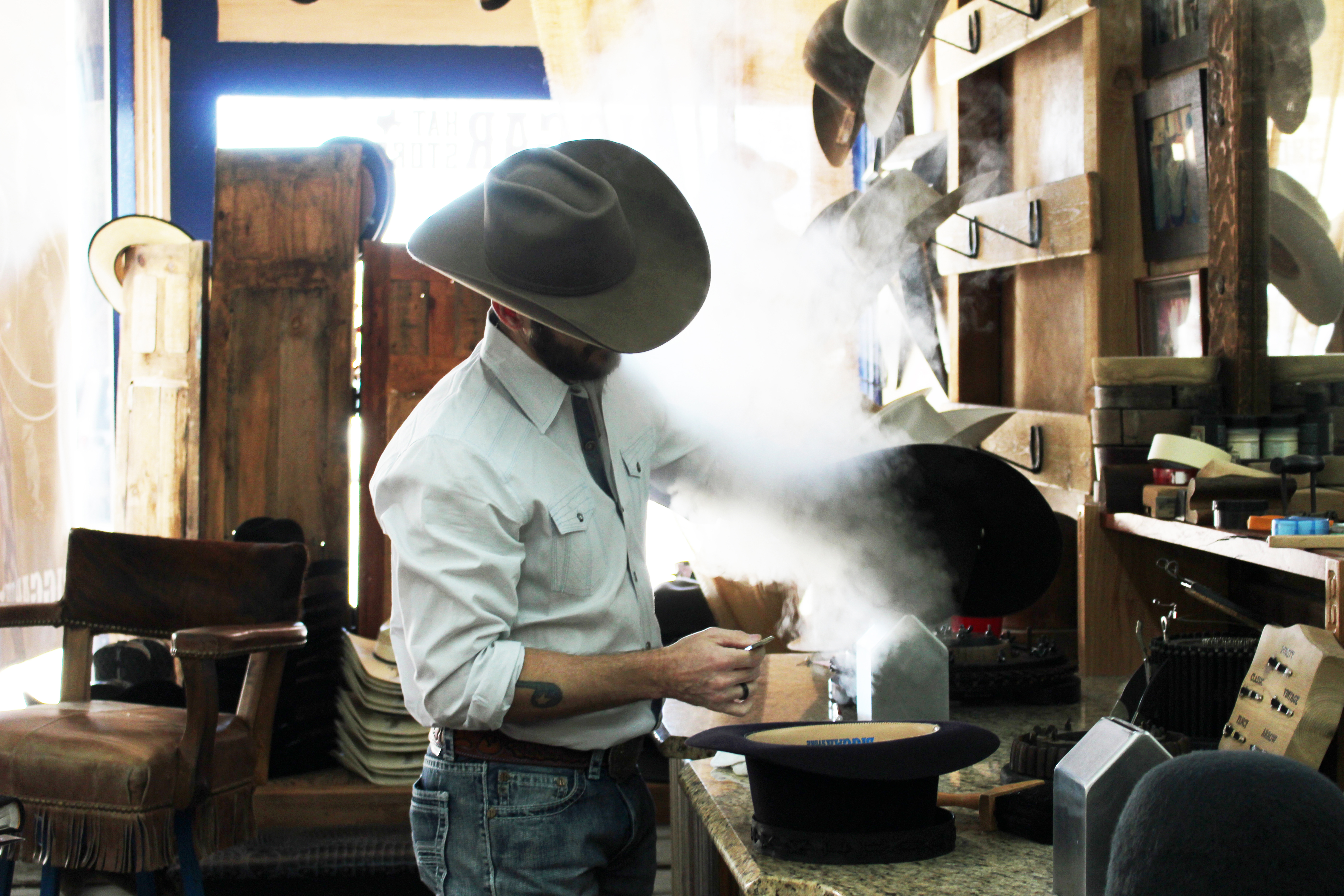
 Country Lifestyles7 years ago
Country Lifestyles7 years agoStyle Your Profile – What your style cowboy hat says about you and new trends in 2017
-

 Equine10 months ago
Equine10 months agoThe Will to Win
-
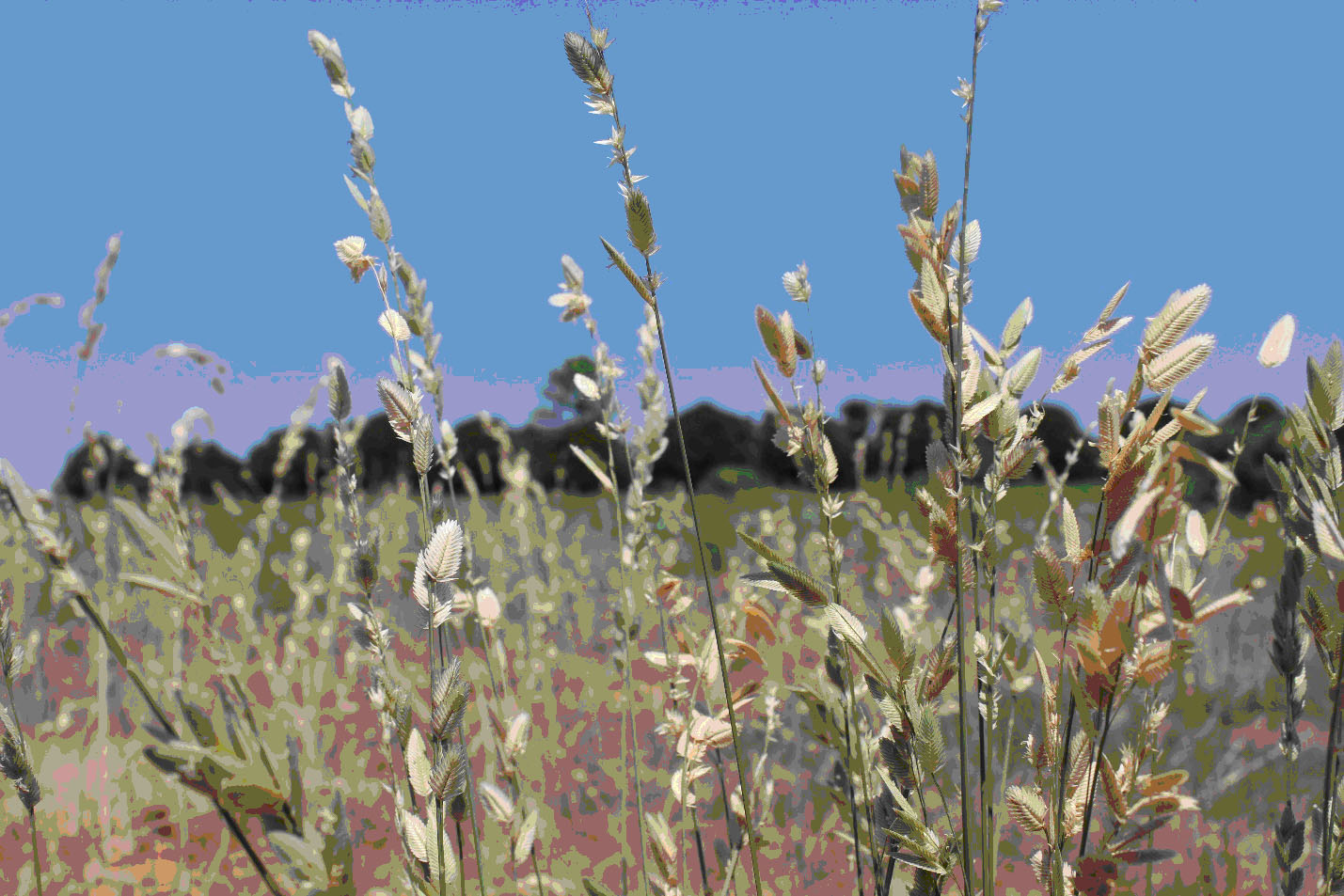
 HOME7 years ago
HOME7 years agoGrazing North Texas – Wilman Lovegrass
-
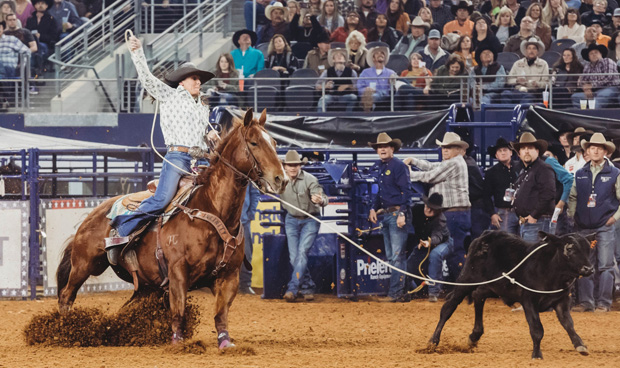
 Country Lifestyles4 years ago
Country Lifestyles4 years agoAmber Crawford, Breakaway Roper
-
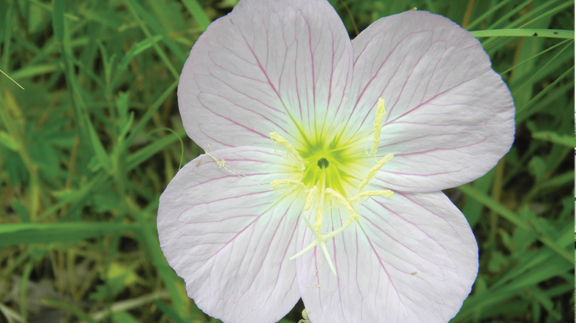
 Outdoor9 years ago
Outdoor9 years agoButtercup or Primrose?
-

 Country Lifestyles8 years ago
Country Lifestyles8 years agoDecember 2016 Profile, Rusty Riddle – The Riddle Way
-

 Country Lifestyles8 years ago
Country Lifestyles8 years agoJune 2016 Profile – The man behind the mic: Bob Tallman

